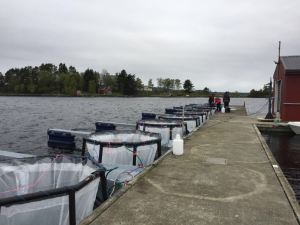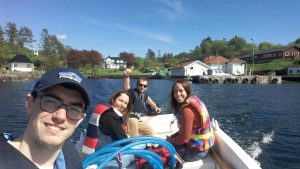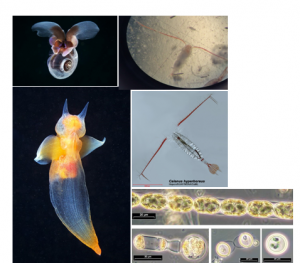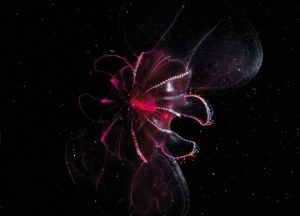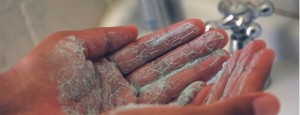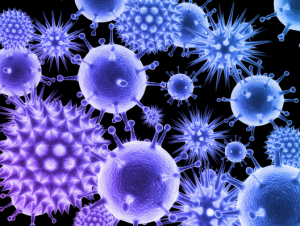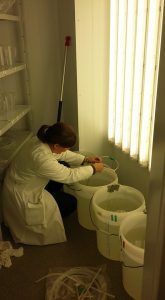
Stories from a gelatinous mesocosm – part 2
Blog post from Tuesday 14th November!
So, we are a week in to our mesocosm tank experiments. Yesterday we added 9 Mnemiopsis leidyi (3 into each tank) to our tanks and left 3 without. They have a tendency to sink right to the bottom without any circulation so we had to set up an air lift using compressed air tap in the room.
Continue reading →

